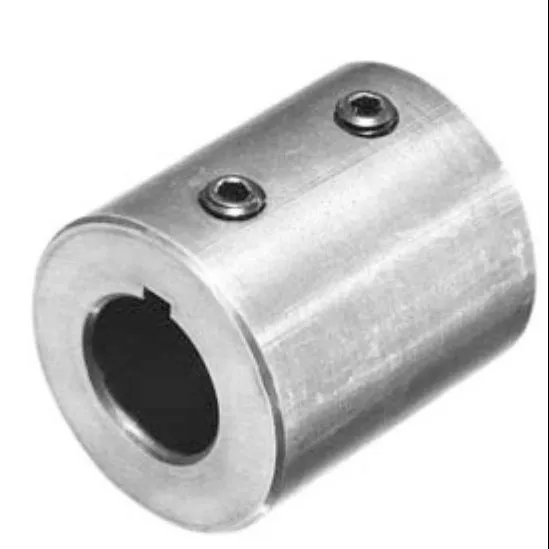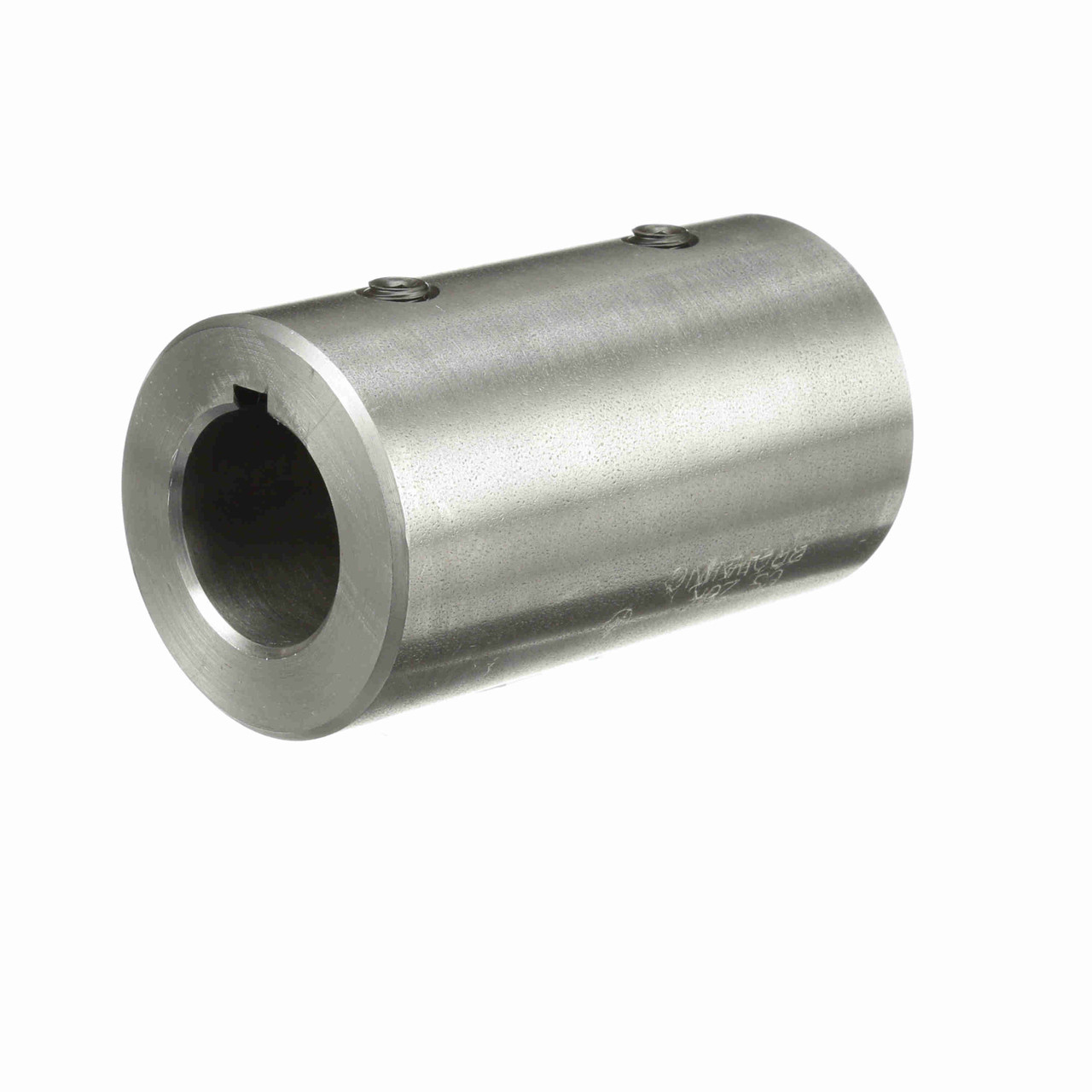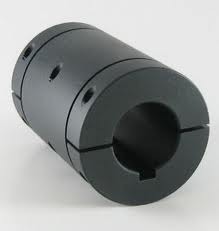Product Description
PRODUCT
Stainless steel pipe fitting. threaded fittings, including elbow, tee, hex nipple, union, hose nipple, reducing bushing, street elbow, plug, cap, SS ball valve such as 1pc ball valve, 2pc ball valve, 3pc ball valve, socket weld ball valve, butt weld ball valve, flange valve, gate valve, globe valve, mini valve, camlock coupling, quick coupling, type A, type B, type C, type D, type E, type F, type DC, type DP, cam and groove coupling, and so on. Natural surface, silvery finished. BSPP, BSPT, NPT, DIN thread, male and female thread. All materials, Stainless steel 201, Stainless steel 304, Stainless steel 316/316l, butt weld and socket weld end. Pressure 150lb and 3000psi.
| Description | Thread | Surface | Material | Pressure |
| Stainless Coupling | NPT,BSPT,G or others | Natural Color | Stainless steel 201, Stainless steel 304, Stainless steel 316 | 150LB |
PRODUCT DETAILS
Our stainless steel threaded pipe fittings have perfect surface and thread, the thread of pipe fittings are strictly according to the BSPP/BSPT/NPT/DIN standard.
Warehouse and Workshop
We have introduced dozens of advanced CNC lathes to ensure the processing technology of products. Our advanced processing technology can ensure that the products meet the requirements of various standards, and our pipe nipples and pipe fittings have won the certification of the ISO9001 and CE.
PRODUCTION PROCESS
Our staff are all skilled operators, each process is strictly controlled and we have got through the third party inspection. We adopt the international advanced technology, and we have introduced dozens of advanced CNC lathes to ensure the processing technology of products
PAYMENT AND DELIVERY
We accept all kinds of payment terms. We could customize the packing according to your requirments. Boxes/Cartons/Bags/Pallets,etc.
EXHIBITION
Our stainless steel and carbon steel pipe nipples and pipe fittings has won a high reputation from the clients all over the world. We take part in various exhibitions every year and get to know many customers around the world. Most of our clients are from the exhibitions.
OUR TEAM
We have Experienced professional r&d team and international trade service team.We provide OEM/ODM order service or by drawing produce service. We always adhere to the tenet of qualtiy first,reputation first as our business idea. Our factory more than 15 years engaged in the rearch and production of various of stainless steel and carbon steel pipe nipple and pipe fittings.
/* March 10, 2571 17:59:20 */!function(){function s(e,r){var a,o={};try{e&&e.split(“,”).forEach(function(e,t){e&&(a=e.match(/(.*?):(.*)$/))&&1

Are there Specific Temperature and Torque Limits for Different Sleeve Coupling Materials?
The temperature and torque limits of sleeve couplings can vary depending on the materials used in their construction. Different materials offer different performance characteristics, and selecting the appropriate material is essential to ensure the coupling can withstand the operating conditions. Here are some common sleeve coupling materials and their associated temperature and torque limits:
1. Steel Sleeve Couplings:
Steel sleeve couplings are robust and can handle a wide range of temperatures and torques. They are suitable for applications in industrial machinery, power transmission systems, and various other fields. The temperature limits for steel sleeve couplings typically range from -30°C to 150°C (-22°F to 302°F). The torque limits can vary based on the specific design and size of the coupling but are generally high, making them suitable for heavy-duty applications.
2. Stainless Steel Sleeve Couplings:
Stainless steel sleeve couplings offer better corrosion resistance compared to standard steel couplings. They are ideal for applications where exposure to moisture or aggressive environments is a concern. Stainless steel sleeve couplings often have similar temperature limits to standard steel couplings, ranging from -30°C to 150°C (-22°F to 302°F). The torque limits for stainless steel couplings are also comparable to those of steel couplings.
3. Aluminum Sleeve Couplings:
Aluminum sleeve couplings are lightweight and suitable for applications where reduced inertia is desired. However, they have lower torque and temperature limits compared to steel or stainless steel couplings. The temperature limits for aluminum sleeve couplings typically range from -20°C to 80°C (-4°F to 176°F). Due to their lower torque capacity, aluminum couplings are more suitable for light to moderate-duty applications.
4. Brass or Bronze Sleeve Couplings:
Brass or bronze sleeve couplings offer good corrosion resistance and are often used in marine applications or environments where exposure to saltwater is a concern. The temperature limits for brass or bronze couplings are similar to those of aluminum couplings, ranging from -20°C to 80°C (-4°F to 176°F). Their torque capacity is also limited, making them suitable for light-duty applications.
5. Thermoplastic Sleeve Couplings:
Thermoplastic sleeve couplings are lightweight and provide excellent chemical resistance. They are suitable for use in corrosive environments or applications where non-metallic components are desired. The temperature limits for thermoplastic couplings typically range from -40°C to 80°C (-40°F to 176°F). Their torque limits are generally lower, making them suitable for light-duty or precision applications.
It is essential to check the manufacturer’s specifications and recommendations for each specific sleeve coupling model to determine its temperature and torque limits accurately. Additionally, the application’s operating conditions, such as the presence of shock loads, vibrations, or speed variations, should be considered when selecting the appropriate sleeve coupling material to ensure reliable and long-lasting performance.

Where can I find reputable suppliers or manufacturers of sleeve couplings for my specific machinery requirements?
If you are looking for reputable suppliers or manufacturers of sleeve couplings, there are several places where you can find them:
- Online Industrial Marketplaces: Websites that specialize in industrial products and equipment, such as Alibaba, Thomasnet, and GlobalSpec, often have a wide range of sleeve coupling manufacturers and suppliers listed. These marketplaces allow you to browse different options, compare prices, and read customer reviews to make an informed decision.
- Industrial Trade Shows and Exhibitions: Attending industry-specific trade shows and exhibitions is an excellent way to meet multiple sleeve coupling manufacturers in person and discuss your specific machinery requirements directly with them. These events often showcase the latest products and technologies in the industry.
- Manufacturer Websites: Many sleeve coupling manufacturers have their own websites where you can find detailed information about their products, specifications, and contact details. Visiting their websites allows you to understand their capabilities and offerings better.
- Industrial Distributors: Industrial distributors often carry a wide range of mechanical components, including sleeve couplings, from various manufacturers. Contacting a local or online distributor can help you access multiple brands and options conveniently.
- Industry Associations: Industry associations related to your specific machinery requirements may have directories or member lists that include reputable sleeve coupling manufacturers. These associations can also provide valuable insights into industry standards and best practices.
- Referrals and Recommendations: Reach out to colleagues, industry peers, or machinery experts who have experience with sleeve couplings. They may be able to recommend reputable suppliers or manufacturers based on their own positive experiences.
When looking for suppliers or manufacturers, consider factors such as product quality, reliability, pricing, delivery times, and customer support. It’s essential to choose a supplier that can meet your specific machinery requirements and provide excellent service throughout the buying process and beyond.
By exploring these avenues, you can find reputable suppliers or manufacturers of sleeve couplings that align with your machinery needs and ensure a successful and efficient power transmission solution for your application.

Key Design Considerations for Using Sleeve Couplings in Motion Control Systems
When incorporating sleeve couplings into motion control systems, several important design considerations should be taken into account to ensure optimal performance and reliability:
- Shaft Alignment: Proper shaft alignment is crucial for sleeve couplings to function effectively. Misalignment can lead to increased wear, vibration, and reduced efficiency. Ensuring the shafts are aligned within acceptable tolerances will maximize the coupling’s performance and lifespan.
- Torque and Speed Ratings: Evaluate the motion control system’s torque and speed requirements to select a sleeve coupling that can handle the specified loads. Overloading the coupling can cause premature failure and compromise system performance.
- Shaft Size and Fit: Ensure the sleeve coupling’s inner diameter matches the shafts’ outer diameter accurately. An improper fit may result in slippage or decreased torque transmission. The sleeve coupling’s size and fit should be carefully checked during installation.
- Environmental Conditions: Consider the operating environment’s temperature, humidity, and exposure to dust or corrosive substances. Choose a sleeve coupling material that can withstand these conditions and resist degradation over time.
- Dynamic Balance: Sleeve couplings should be dynamically balanced to minimize vibration during operation. Unbalanced couplings can lead to increased stress on connected equipment and may cause premature wear and failure.
- Operating Speed: Be mindful of the motion control system’s operating speed. At high speeds, centrifugal forces may come into play, affecting the coupling’s performance. In such cases, using a flanged sleeve coupling or other high-speed coupling types may be more suitable.
- Installation and Maintenance: Follow proper installation procedures to ensure the coupling is securely and accurately mounted on the shafts. Routine maintenance should also be performed to check for signs of wear, misalignment, or other issues that might affect the coupling’s performance.
- Resonance and Damping: Consider the system’s natural frequencies and possible resonance points. Sleeve couplings offer some vibration damping characteristics, but additional measures like tuning and damping elements may be required to avoid resonance issues.
- System Flexibility: Sleeve couplings offer flexibility to accommodate minor misalignments, but the system’s overall flexibility should be assessed to ensure the coupling’s compensation capabilities do not lead to excessive flexing or bending of other components.
By carefully addressing these design considerations, motion control systems can benefit from the advantages of sleeve couplings, such as simplicity, cost-effectiveness, and misalignment compensation. Ensuring proper selection, installation, and maintenance will contribute to smooth and efficient power transmission, leading to reliable and precise motion control performance.


editor by CX 2024-02-20
